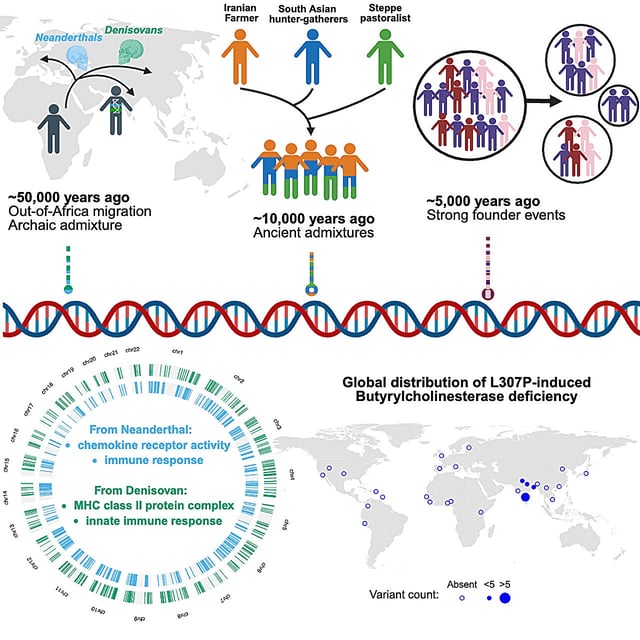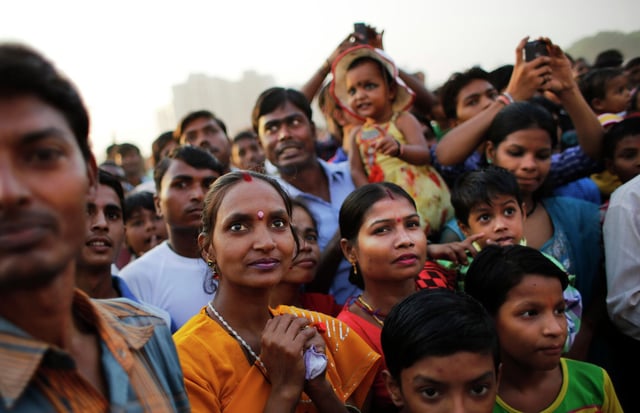Overview
- The LASI-DAD team sequenced whole genomes of 2,762 individuals across major linguistic, ethnic and geographic groups to capture India’s genetic diversity.
- Most modern Indian genetic variation stems from a single out-of-Africa migration about 50,000 years ago followed by interbreeding with Neanderthals and Denisovans.
- Researchers identified three primary ancestral components—South Asian hunter-gatherers, Neolithic Iranian farmers and Eurasian Steppe pastoralists—shaping present-day genomes.
- Strong endogamous practices 3,500–5,000 years ago created population bottlenecks and elevated homozygosity, contributing to recessive disease risk in specific communities.
- The LASI-DAD sequencing effort is expanding to integrate ancestry and homozygosity into precision health research on aging and disease across Indian populations.


